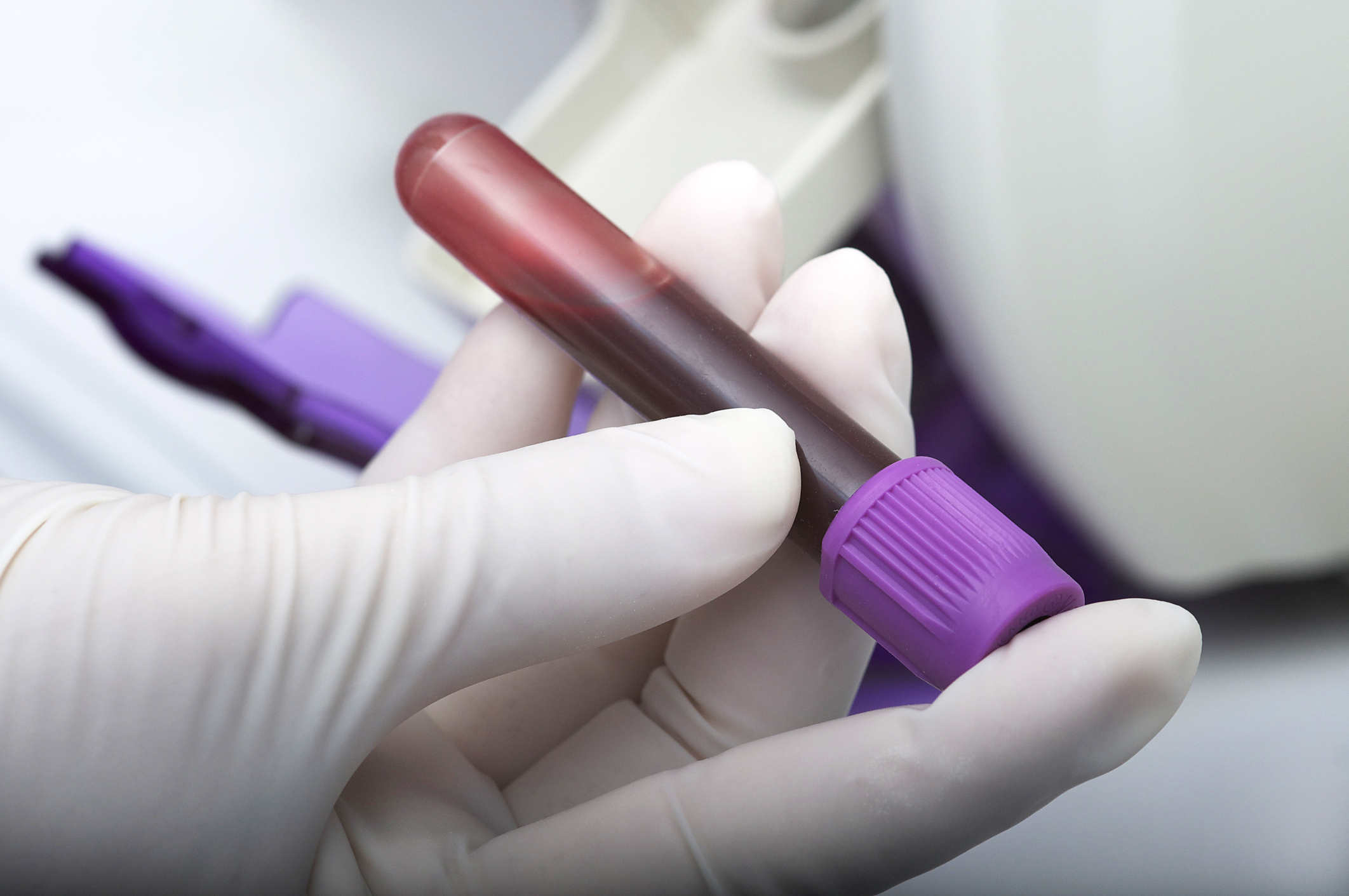What are the emergency procedures?
In an emergency situation involving potentially infectious materials or blood, you should try to minimize your exposure by following all procedures.
What to do if exposed
You should report the exposure to your supervisor as soon as possible and fill out an exposure report form. The form will be kept in your personal file for 40 years, allowing you to keep track of any workplace exposure to hazardous materials. If you have not already received a hepatitis B vaccination, you should go to HR to request one. They can also carry out blood testing.
What are the post-exposure procedures?
Unless prohibited by law or physically impossible, identify and document the source individual. You'll need to note down the route of exposure as well as the circumstances surrounding the exposure Incident. The individual's blood should be tested for HIV and HBV as soon as possible.
If the source individual is known to have a positive HIV or HBV result, testing does not need to be done. You will need to administer post-exposure prophylaxes as recommended by the US Public Health Service, offer counseling and evaluate any reported illnesses.
If you consent to baseline blood testing, but do not give your consent for HIV screening, ask how long your blood sample will be stored. If you decide to consent to having your blood sample tested in future, the testing should be carried out as soon as possible. Note: any other diagnoses will remain confidential.
Obtain healthcare professional's written opinion
Once an evaluation is complete, the employer should obtain and provide the employee with a copy of the healthcare professional's opinion within 15 days. The licensed healthcare professional's opinion on the hepatitis B vaccination will be limited to whether the employee has received the vaccination and if it's indicated for them.
In terms of post-exposure follow-up and evaluation, the healthcare professional's written opinion will be limited to the following information:
- The employee has been told about the results of the evaluation
- The employee has been informed of any medical conditions caused by exposure to infectious materials or blood which require treatment or further evaluation.
Note: any other findings will remain confidential and will not be included in the written report.
What are the Recordkeeping Requirements?
Methods of compliance include:
- Engineering and work practice controls (such as: safer medical devices, sharps disposal containers, hand hygiene);
- Universal Precautions;
- Personal protective equipment;
- Housekeeping (such as: decontamination procedures and removal of regulated waste);
- Personal protective equipment.
Documentation of:
- The annual consideration and implementation of appropriate commercially available and effective safer medical devices designed to eliminate or minimize occupational exposure, and
- The solicitation of non-managerial healthcare workers (who are responsible for direct patient care and are potentially exposed to injuries from contaminated sharps) in the identification, evaluation, and selection of effective engineering and work practice controls.
The Exposure Control Plan must be reviewed and updated at least annually, and whenever necessary to reflect new or modified tasks and procedures which affect occupational exposure and to reflect new or revised employee positions with occupational exposure.
Employers are subjected to provide access for employees to medical records and relevant records to their designated representatives, and subject access to these records to representatives of the Assistant Secretary so, in line with the Occupational Safety and Health Act, they are able to fulfill their duties.
What is the Hazard Communication Standard?
Employers must provide employees with training and information on hazardous chemicals in their workspace as well as the requirements of this standard.
Other information can include:
- The use of material safety data sheets and labels
- The details and location of the written hazard communication program
- Protection methods and health hazards of chemicals in the workplace, including PPE
- Adequate training in PPE and when it's required
- How to choose, maintain, use and dispose of PPE
Note: Employers are expected by OSHA to document that they have met the training requirements for each employee. Standards specify all documentation should contain the name of the employee as well as the subject and date of training.






